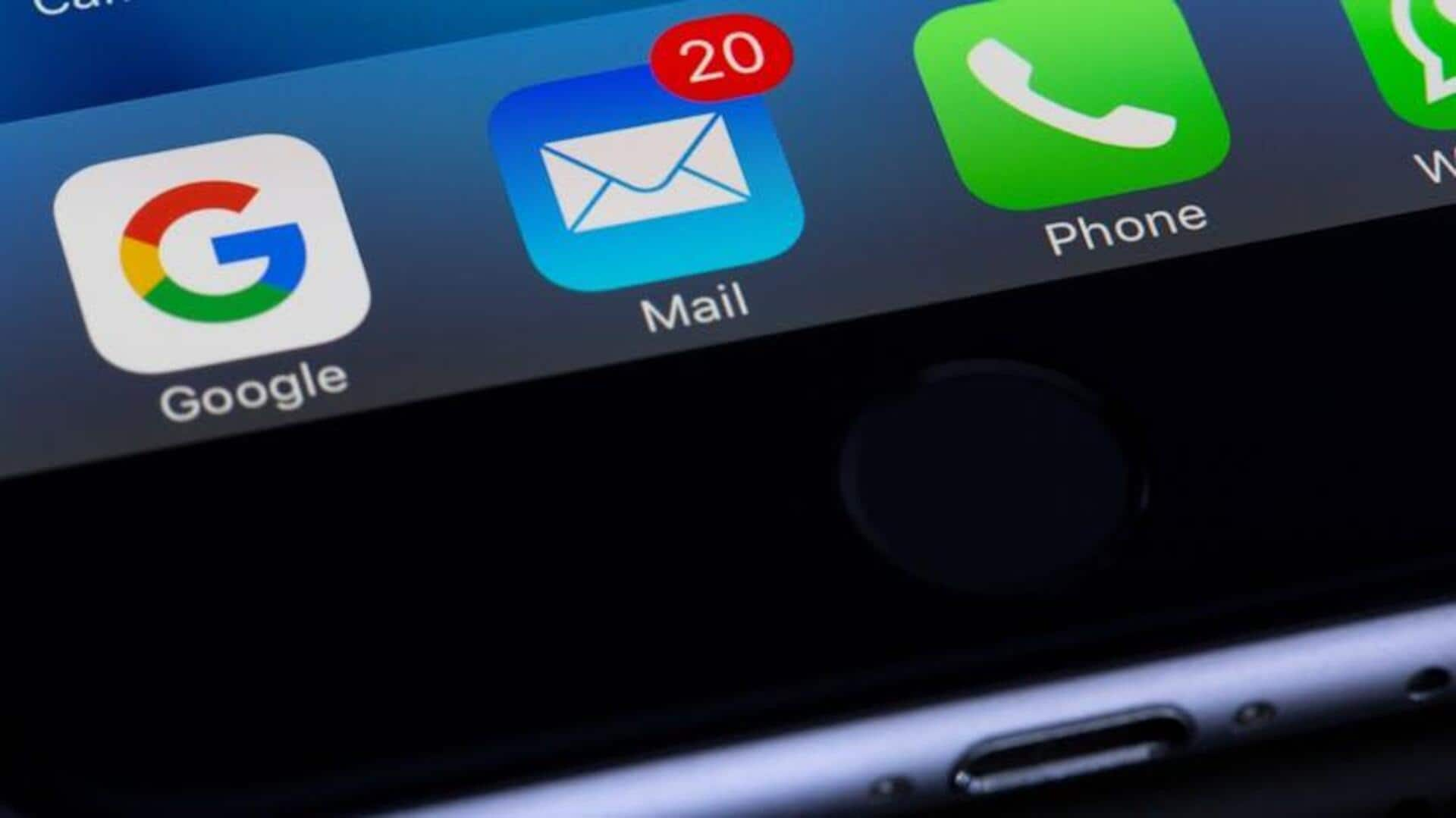
Email etiquette every professional needs to know
What's the story
In today's professional world, email still serves as a primary mode of communication. Knowing and practicing polite email etiquette is essential if you want to be professional and maintain positive relationships. Here are some key aspects of email etiquette that every professional should remember at all times for effective and respectful communication.
Subject clarity
Use clear subject lines
A clear subject line sets the tone for your email. It gives recipients an idea of the purpose of your message at a glance. Steer clear of vague or overly lengthy subject lines; rather, opt for concise phrases that effectively summarize the content. A well-crafted subject line can increase the chances of your email being opened and dealt with soon.
Proper salutations
Address recipients appropriately
Using appropriate salutations is key in professional emails. Start with a formal greeting such as "Dear" followed by the recipient's name or title, if any. Make sure you spell names correctly to show respect and attention to detail. If in doubt about titles, using "Hello" followed by their name is usually fine.
Message brevity
Be concise and direct
Keeping emails concise guarantees clarity and saves the recipient's time. Try to say what you have to in as few words as possible while retaining essentials. Skip unnecessary jargon or filler words that can reduce your message's impact. A direct approach helps avoid misunderstandings and gets you quicker responses.
Error checking
Proofread before sending
Proofreading is critical before sending any professional email. Look out for spelling, grammar, punctuation errors and also ensure all attachments are included if mentioned in the body text. Errors can compromise credibility, which is why taking time to go through your message shows professionalism and attention to detail.
Signature consistency
Use professional signatures
A consistent signature gives essential contact details without cluttering emails unnecessarily with excessive details like quotes or images not directly related to work context. Include only necessary links like a LinkedIn profile when relevant. Keep it simple yet informative, ensuring recipients know how to reach you easily through preferred channels.